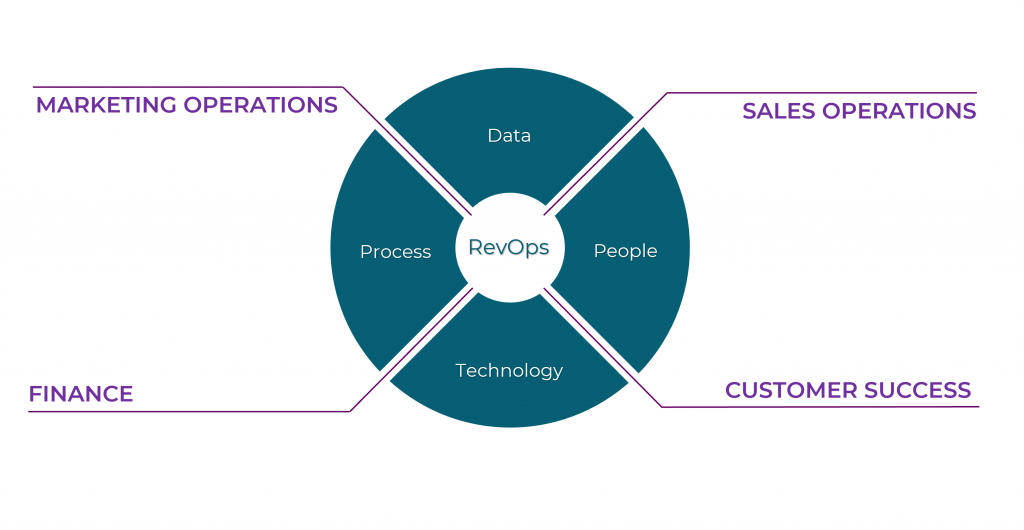Key Differences Between Pardot and Salesforce Marketing Cloud Account Engagement
In the dynamic world of digital marketing, tools and platforms must continually evolve to meet the changing needs of businesses and their customers. Salesforce’s recent transition from Pardot to Salesforce Marketing Cloud Account Engagement marks a significant evolution in their marketing automation offerings. While both platforms aim to enhance marketing efforts and drive engagement, the new Marketing Cloud Account Engagement brings a host of advancements and changes that set it apart from its predecessor. Here, we delve into the key differences between the old Pardot product and the new Salesforce Marketing Cloud Account Engagement.
1. Enhanced Integration with Salesforce Ecosystem
Pardot:
Pardot was primarily a standalone marketing automation solution that offered basic integration capabilities with Salesforce CRM. While it did provide valuable insights and tools for lead nurturing, the integration was somewhat limited and required additional customization to achieve seamless data flow between the platforms.
Marketing Cloud Account Engagement:
The new Marketing Cloud Account Engagement is designed with deeper and more robust integration within the Salesforce ecosystem. This ensures a seamless connection between marketing and sales data, providing a unified view of customer interactions across all touchpoints. This integration facilitates more sophisticated data synchronization, enabling more precise targeting and personalized marketing campaigns.
Key Benefits:
- Unified Customer Data: Access a single source of truth for customer information, enhancing coordination between marketing and sales teams.
- Streamlined Processes: Automate and streamline workflows across Salesforce CRM and Marketing Cloud, reducing manual data entry and errors.
- Improved Analytics: Leverage comprehensive analytics that combine data from multiple Salesforce products for more insightful reporting.
2. Advanced AI and Analytics Capabilities
Pardot:
Pardot offered basic reporting and analytics features, allowing marketers to track campaign performance, lead scoring, and engagement metrics. However, the analytics capabilities were relatively limited compared to the advancements in AI-driven insights available today.
Marketing Cloud Account Engagement:
The new platform incorporates advanced AI and analytics powered by Salesforce Einstein. These capabilities provide predictive insights, deeper engagement analytics, and enhanced segmentation options. Marketers can now leverage AI to predict customer behavior, optimize campaigns, and deliver more personalized experiences.
Key Benefits:
- Predictive Analytics: Use AI to forecast customer behavior and campaign outcomes, enabling more strategic decision-making.
- Enhanced Segmentation: Create more granular audience segments based on advanced data analysis and insights.
- Optimized Campaigns: Continuously optimize marketing efforts with real-time performance data and AI-driven recommendations.
3. Expanded Multi-Channel Campaign Management
Pardot:
Pardot primarily focused on email marketing and basic lead nurturing capabilities. While it supported some multi-channel marketing efforts, it lacked the comprehensive tools needed for fully integrated campaigns across various digital channels.
Marketing Cloud Account Engagement:
The new platform offers expanded multi-channel campaign management, supporting a wide range of channels including email, social media, SMS, and web personalization. This enables marketers to create cohesive, cross-channel campaigns that reach customers wherever they are.
Key Benefits:
- Cross-Channel Coordination: Execute integrated campaigns across multiple digital channels for a more cohesive customer experience.
- Broader Reach: Engage customers on their preferred channels, increasing the likelihood of successful interactions.
- Personalized Experiences: Deliver consistent and personalized messaging across all touchpoints.
4. Improved User Experience and Interface
Pardot:
While Pardot was known for its functionality, its user interface was often criticized for being less intuitive and requiring a steep learning curve for new users.
Marketing Cloud Account Engagement:
The new platform features an improved user interface designed for ease of use and better user experience. With more intuitive navigation, streamlined workflows, and a modern look and feel, marketers can quickly adapt to the platform and maximize its capabilities.
Key Benefits:
- User-Friendly Design: Navigate the platform with ease, reducing the time needed to become proficient.
- Efficient Workflows: Access tools and features more efficiently, boosting productivity and campaign management speed.
- Enhanced Collaboration: Improved UI facilitates better collaboration among team members, enhancing overall campaign execution.
5. Scalability and Customization
Pardot:
Pardot provided customization options, but its scalability was somewhat limited, particularly for larger enterprises with complex marketing needs.
Marketing Cloud Account Engagement:
The new platform offers greater scalability and more advanced customization capabilities. It is designed to meet the needs of businesses of all sizes, from small businesses to large enterprises, and can be tailored to fit specific marketing strategies and requirements.
Key Benefits:
- Adaptable Solutions: Customize the platform to suit unique business needs and marketing strategies.
- Scalable Infrastructure: Easily scale marketing efforts as the business grows, without compromising performance.
- Tailored Campaigns: Design and execute campaigns that align closely with business objectives and customer expectations.
For more information about how Tayona Digital can help you improve your B2B Marketing, or support your Salesforce Marketing Cloud or Pardot instance, please contact us.




